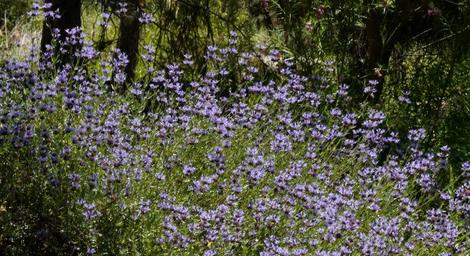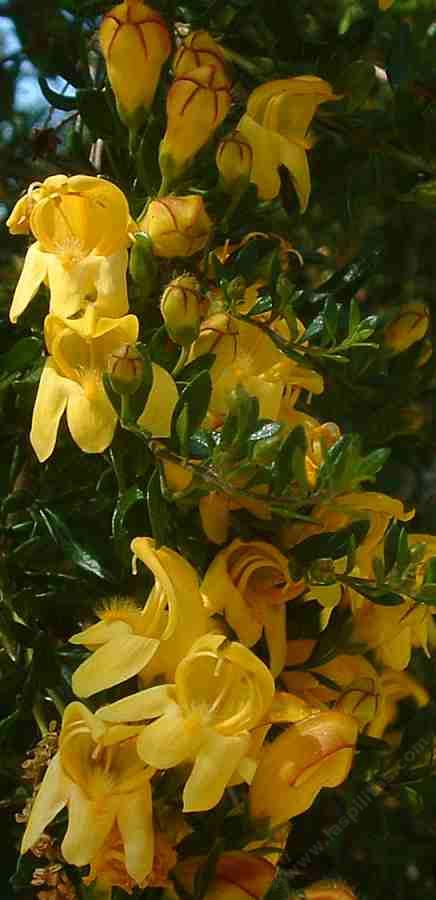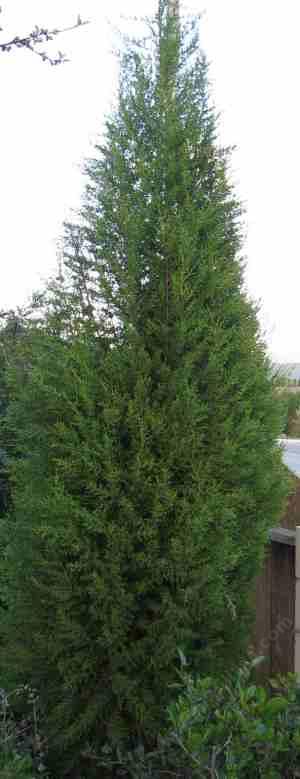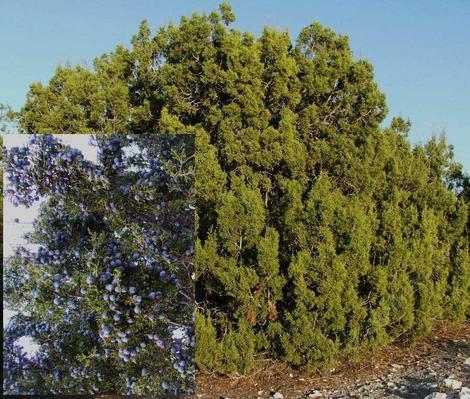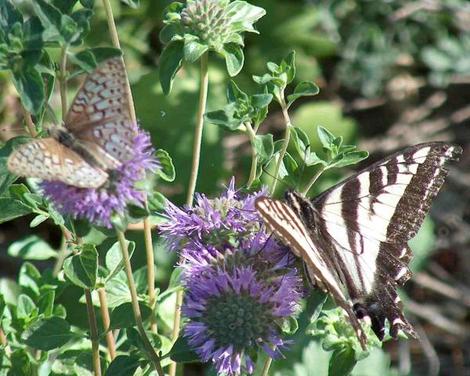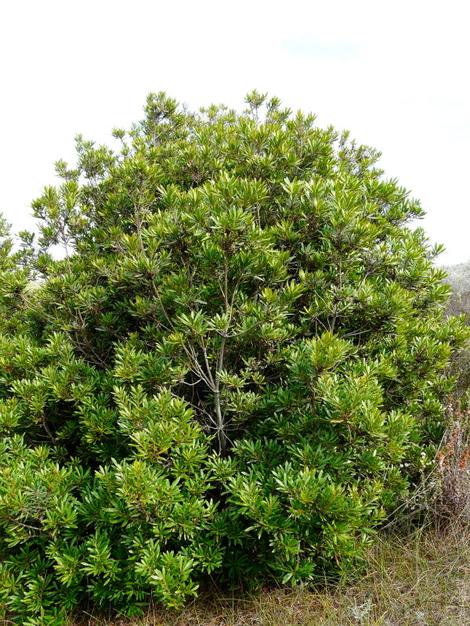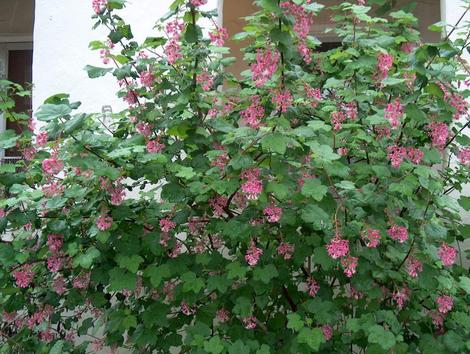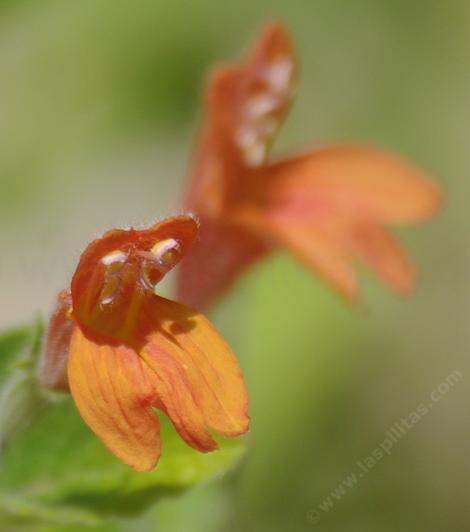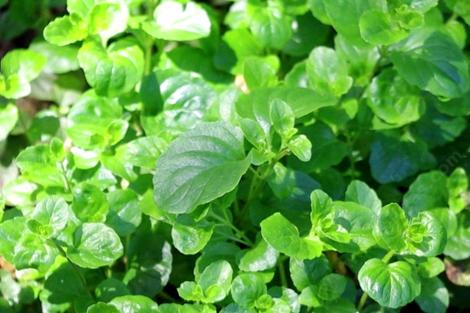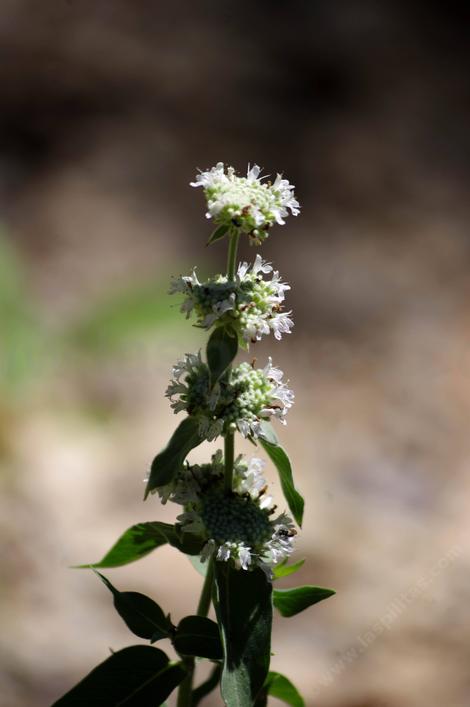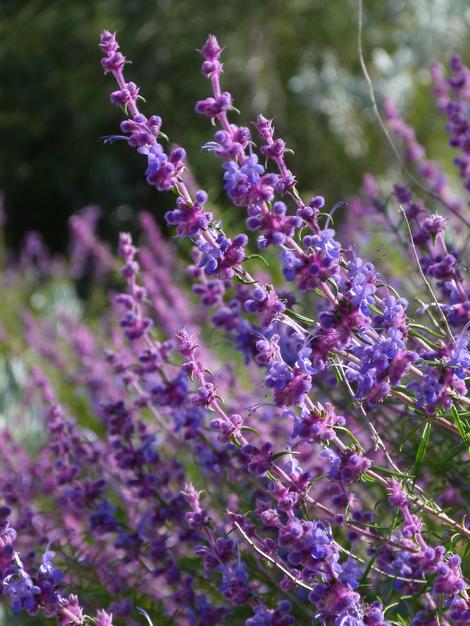The Fragrant Garden - fragrance of California native plants.
One of of fans from the east coast showed up on a July afternoon and was fascinated by the smells. After awhile he was smelling every plant and oohing and ahhing.

These plants are fragrant whenever you are nearby
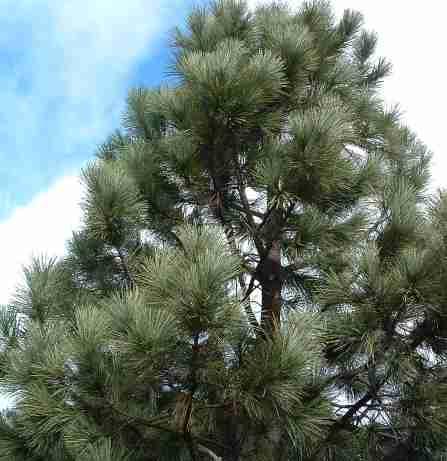
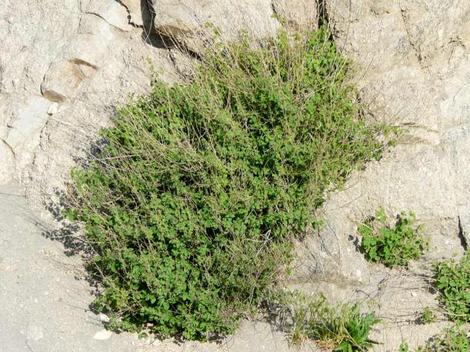
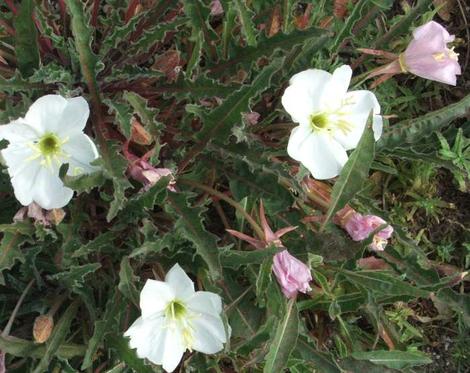
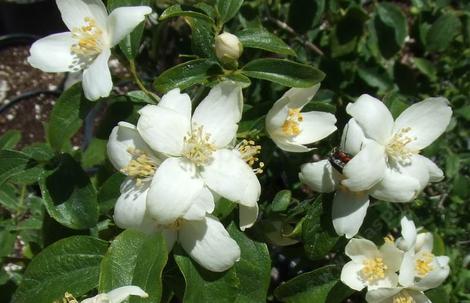
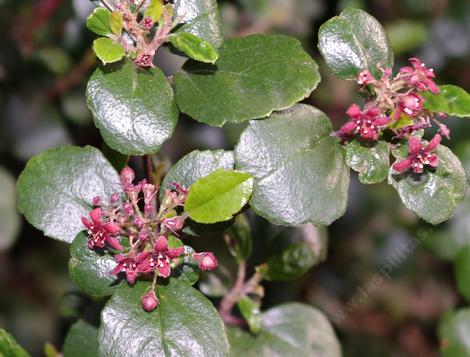
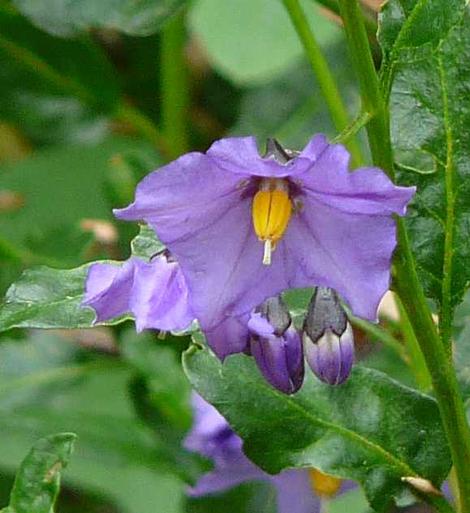
These plants are fragrant up close- smell the flowers!
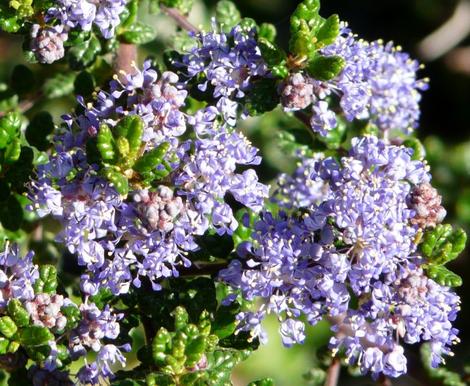
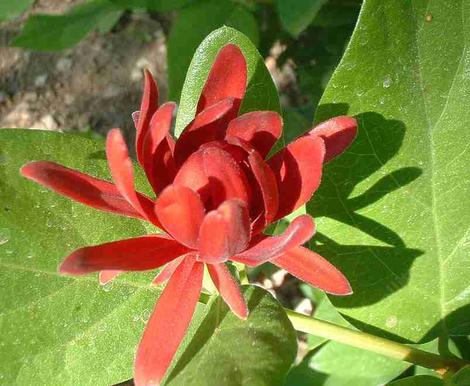
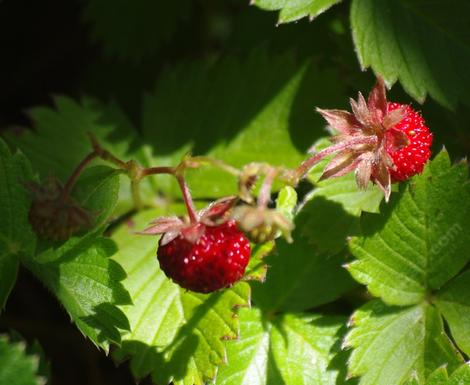
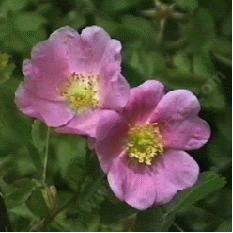
These plants give off fragrance when they are brushed as you walk by

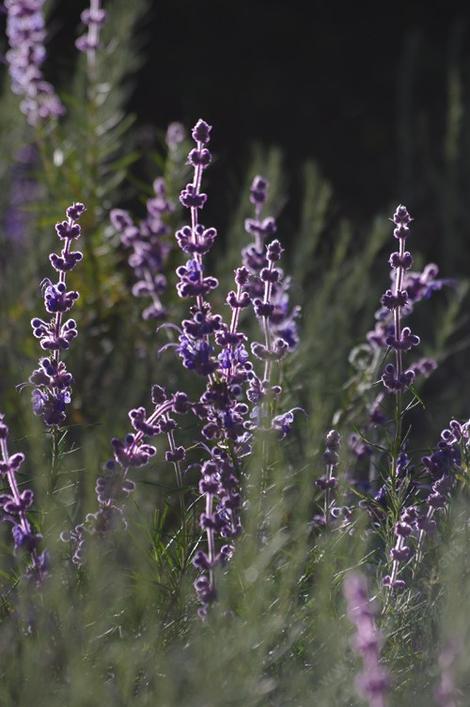
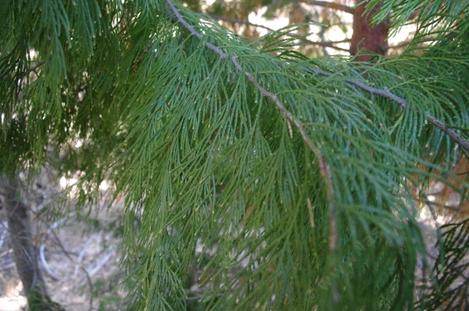
Incense Cedar (Calocedrus decurrens)-This tall tree would do best in parks or very large gardens and has the fragrance of the "mountains." A fresh-incense-like fragrance characterizes the Incense Cedar. Incense Fragrance
Mentha arvensis-This is the mint that is best to taste with the 'true' mint fragrance. This mint creeps along the ground and can become invasive, so keep it in a pot sunk in the ground to slow it down a bit, or grow it in a pot on the patio.
Western Bee Balm (Monardella spp.)-These small perennials flower in summer, and are a favorite of many species of butterflies. The flower clusters look like purple or white pom poms. The leaves have a strong minty fragrance and these plants would be great at the front of a flower border or along a path.
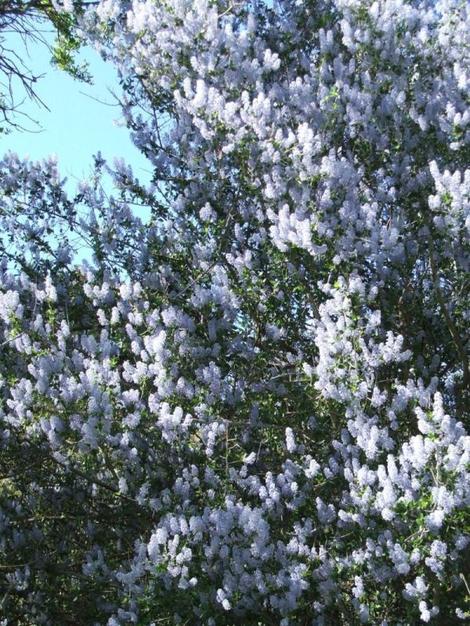
California Wax Myrtle (Myrica californica)-This plant would be perfect as a hedge along a walkway. The leaves have a wonderful fragrance. These plants need lots of water, and are sensitive to frost, so do best in coastal areas. This plant is tolerant of windy areas. The fruits are covered in wax, which an enterprising gardener could use to make bayberry candles.
Wild Currant (Ribes spp.) These plants flower from mid-fall through midsummer,depending on the species. They are invaluable as early-season nectar plants for hummingbirds. The foliage has a spicy fragrance and these plants would do best in a woodland setting or as a transition plant between a wet area and dry area of the garden. We use Ribes sanguineum var. glutinosum or Ribes indecorum or Ribes malvaceum as a minor ingredient in our herbal teas. Many of the native birds love, not like, love, the berries.
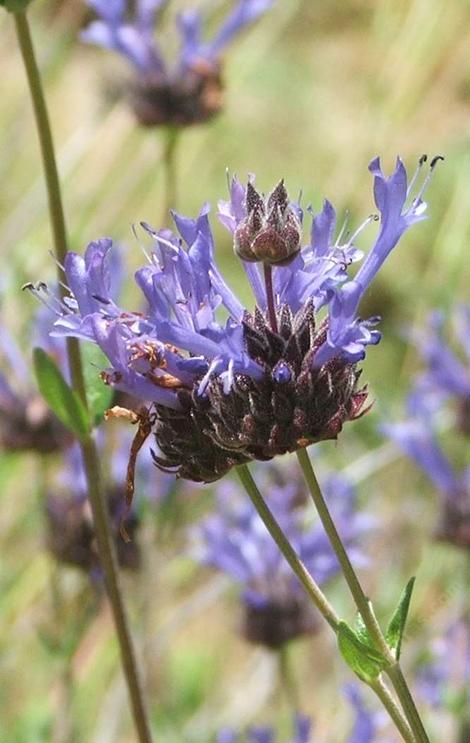
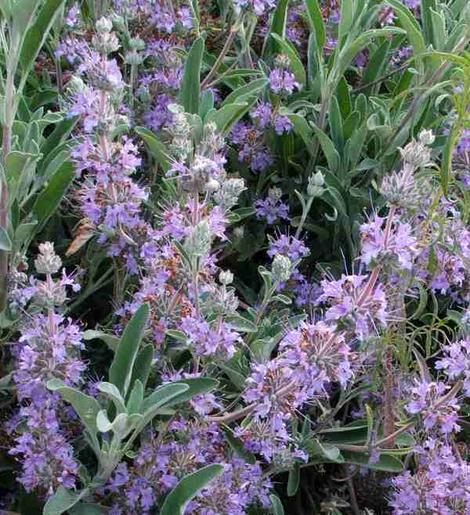
Woolly Bluecurls (Trichostema spp.)- This plant blooms in late spring through late summer with the most strangely beautiful flowers of bluish lavender. The leaves are intensely fragrant, and the plant is noticed by everyone.
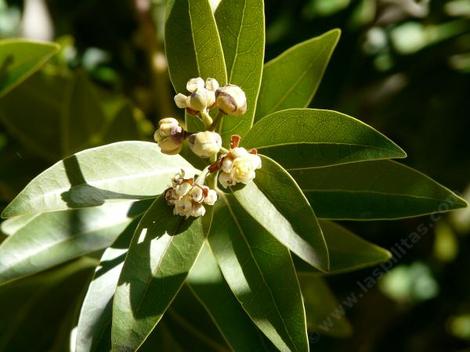
These fragrances have been separated into sections but they are from our observations and may smell quite different to you. |
||
|
These plants are fragrant in the evening and/or at dusk |
Sage-Like Fragrance |
|
|
Evening Primrose (Oenothera caespitosa)-flowers |
Sagebrush (Artemisia spp.)-leaves |
|
|
Nightshade (Solanum spp.)-flowers |
Juniper (Juniperus spp.)-leaves |
|
|
Sweet Fragrance |
Pitcher Sage (Lepechinia spp.)-leaves |
|
|
Brickellbush (Brickellia californica)-flowers |
Sage (Salvia spp.)-leaves |
|
|
Wood Strawberry (Fragaria californica)-fruits |
Woolly Bluecurls (Trichostema spp.)-leaves |
|
|
California Bush Anemone (Carpenteria californica)-flowers |
Bayberry Fragrance |
|
|
Southern Yellow Bush Penstemon (Keckiella antirrhinoides)-flowers |
California Wax Myrtle (Myrica californica)-leaves and fruits |
|
|
Evening Primrose (Oenothera caespitosa)-flowers |
Spice Bush (Calycanthus occidentalis)-leaves |
|
|
Wild Mock Orange (Philadelphus lewisii)-flowers |
Pungent Bay-Like Fragrance |
|
|
Wild Rose (Rosa spp.)-flowers |
California Bay (Umbellularia californica)-leaves |
|
|
Nightshade (Solanum spp.)-flowers |
Mint-Like Fragrance |
|
|
Wine Like Fragrance |
Western Bee Balm (Monardella spp.)-leaves |
|
|
Spice Bush (Calycanthus occidentalis)-flowers |
Wild Mint (Mentha arvensis)-leaves |
|
|
|
Yerba Buena and relatives (Satureja spp.)-leaves |
|
The cultural catalog gives information on each species so that you can arrange them in your garden. For example, Brickellbush (Brickellia californica) is a weedy-looking plant so you should put it at the back of a border where it cannot be seen but you can benefit from its fragrance. Monardella antonina is low growing with colorful flowers and you could place this plant in the front of the border. Several sage species could fill out the middle of the border.
In shady areas under Coast Live Oak (Quercus agrifolia) you could plant Yerba Buena near the path and Pink Flowering Currant (Ribes sanguineum var. glutinosum) near the back of the border, filling in the central area with Catalina Perfume (Ribes viburnifolium).
In sunny, wet areas Spice Bush is showy and in front of it along the path you could plant Red Hummint (Satureja mimuloides), with bright orange-red flowers to attract hummingbirds. Have fun with your fragrant garden!
Celeste Wilson, Las Pilitas Nursery
